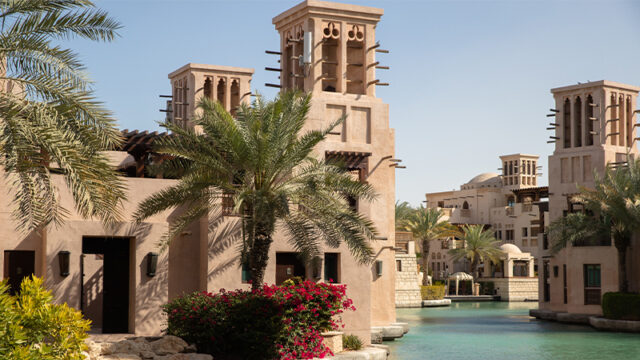Need a holiday destination for New Year?
There’s plenty to do for the whole family!
 Moving To Singapore? Essential Guide - Expat Living in Singapore
Moving To Singapore? Essential Guide - Expat Living in Singapore
Moving to Singapore - learn about neighbourhoods, furniture, schools, beauty and food? We help make the most of expat living in Singapore.

Here’s how to elevate your next family getaway to Dubai
There’s plenty to do for the whole family!
With family-friendly fun, wellness activities, Club rooms perks and more
EL’s Jacqui Young experiences this new cabin class
Plus helpful travel information and tips!
Food, fun and relaxation await!
To live in or rent out
Grab the popcorn and settle in for the first ever BBC Earth wildlife series dedicated to Asia!
Sun, sand and surf await!
This Grade 11 student goes on the trek of a lifetime
Fiji is a bit off the travel radar – but it definitely shouldn’t be!
Experience the thrills of big game fishing in Africa!
We ask this travel company founder about the best places to go in Africa
Plus a visit to Nairobi
Discover the best places to travel, planning tips and much more!
A quick explanation on how this global outage happened
One night in Bangkok? Make it a bit longer so you have time to explore these cultural, historic and entertainment areas!
Preventing injuries during bumpy rides
What’s it like being on board a cruise where dreams can come true?
Exercises that you can do in your hotel room
A guide to the latest and greatest family-friendly things to do in London